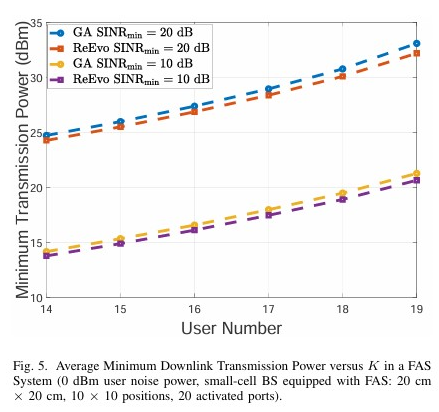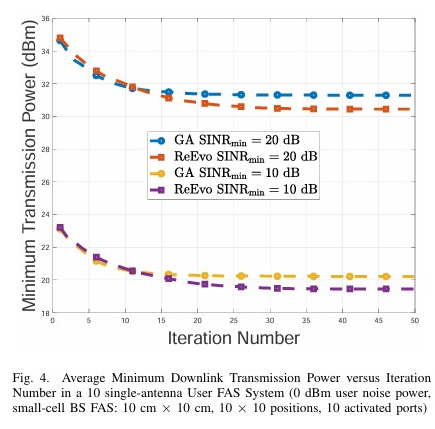Leveraging Large Language Models for the Design and Optimization of Fluid Antenna Systems
Published in Computer Science, 2025
Abstract: The Fluid Antenna System (FAS), which enables f lexible Multiple-Input Multiple-Output (MIMO) communica tions, introduces new spatial degrees of freedom for next generation wireless networks. Unlike traditional MIMO, FAS involves joint port selection and precoder design, a combinatorial NP-hard optimization problem. Moreover, fully leveraging FAS requires acquiring Channel State Information (CSI) across its ports, a challenge exacerbated by the system’s near-continuous reconfigurability. These factors make traditional system design methods impractical for FAS due to nonconvexity and pro hibitive computational complexity. While deep learning (DL) based approaches have been proposed for MIMO optimization, their limited generalization and fitting capabilities render them suboptimal for FAS. In contrast, Large Language Models (LLMs) extend DL’s capabilities by offering general-purpose adaptability, reasoning, and few-shot learning, thereby overcoming the limita tions of task-specific, data-intensive models. This article presents a vision for LLM-driven FAS design, proposing a novel flexible communication framework. To demonstrate the potential, we examine LLM-enhanced FAS in multiuser scenarios, showcasing how LLMs can revolutionize FAS optimization. Index Terms: Fluid antenna system, large language model, f lexible communication, FAS optimization


Recommended citation: Wang C, Wong K K, Li Z, et al. Large Language Model Empowered Design of Fluid Antenna Systems: Challenges, Frameworks, and Case Studies for 6G[J]. arXiv preprint arXiv:2506.14288, 2025.
Download Paper
